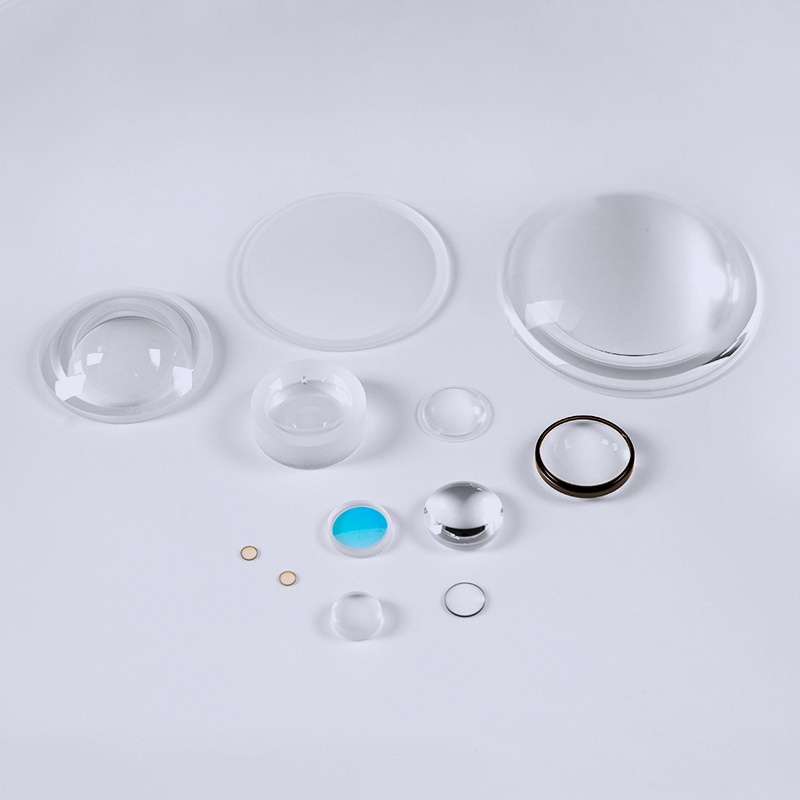In the realm of precision optics, the optical spherical mirror holds a distinctive place—an elegant convergence of geometry and physics engineered to manipulate the trajectory of light with exactitude. Unlike flat mirrors that merely reflect, optical spherical mirrors are curved surfaces capable of focusing or dispersing light rays, depending on their configuration. These optical elements are foundational in a range of scientific, industrial, and imaging applications where control over light propagation is critical.
An optical spherical mirror is defined by its curvature. It is essentially a segment of a sphere, either concave (curving inward) or convex (bulging outward). This curvature allows the mirror to direct incoming light in a way that flat mirrors cannot. The curvature's degree—defined by the radius of the parent sphere—determines the focal length and hence the mirror’s ability to converge or diverge light.
Concave mirrors are the workhorses of imaging and focusing systems. When parallel rays of light strike a concave optical spherical mirror, they reflect inward and ideally converge at a single focal point in front of the mirror. This behavior makes them invaluable in telescopes, solar furnaces, headlights, and precision laboratory instruments where accurate light convergence is essential. Conversely, convex optical spherical mirrors scatter light rays outward, expanding the field of view. They are frequently employed in surveillance systems, automotive mirrors, and optical sensors requiring a panoramic perspective.
The theoretical simplicity of optical spherical mirrors belies the complex optical behavior they exhibit in practice. Spherical aberration—a phenomenon where peripheral rays focus at different points than central rays—can limit performance in high-precision systems. To mitigate this, mirror designers often employ corrective strategies such as aperture restriction or combine optical spherical mirrors with aspheric elements in composite assemblies.

Material selection is pivotal. High-purity glass, fused silica, and low-expansion ceramics are commonly used substrates due to their optical clarity and thermal stability. These materials are meticulously shaped and polished to nanometer tolerances to achieve an optically smooth surface. Reflective coatings, often composed of aluminum, silver, or enhanced dielectric layers, are then applied to optimize reflectivity across desired wavelengths.
Manufacturing a optical spherical mirror is an intersection of art and science. It demands not only mathematical rigor but also craftsmanship. From computer-aided design to precision grinding, polishing, and coating, each stage is executed with microscopic accuracy. Interferometric testing and profilometry ensure the final product conforms to exact specifications.
In the evolving landscape of photonics and quantum optics, optical spherical mirrors continue to play a critical role. Their ability to manipulate light paths with geometric predictability makes them indispensable in everything from laser resonators to biomedical imaging devices. As optical systems push toward miniaturization and enhanced performance, the precision and adaptability of optical spherical mirrors will remain central to their development.
optical spherical mirrors are not merely reflective surfaces—they are strategic tools in the orchestration of light. With their geometrical elegance and optical potency, they enable humanity to probe deeper, see clearer, and design smarter in a world increasingly governed by photons.

 English
English 日本語
日本語 русский
русский Español
Español Deutsch
Deutsch 中文简体
中文简体










 苏公网安备32041102000130号
苏公网安备32041102000130号